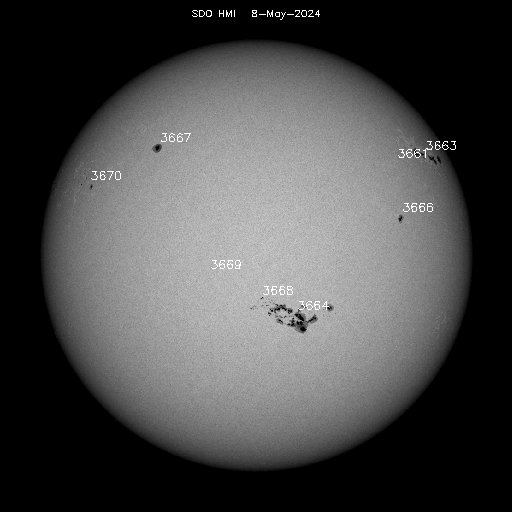The first one was M 13, the Great Hercules cluster. We took 60 images of 120 seconds each which I processed in AstroPixelProcessor.
Next we took again 60 images of 120 seconds each of M 51, the Whirpool Galaxy. And again I processed them in AstroPixelProcessor.
Finally the weather found out about our imaging session so we were only able to take 11 images of 120 seconds each of M 11, the Wild duck cluster.
I think we can conclude that the telescope performs really well, even on such wide fields. The stars are round (but unfortunately unsharp due to inaccurate focussing done by us) from the center all the way to the corners and no annoying blue or red halos are visible around the stars.































